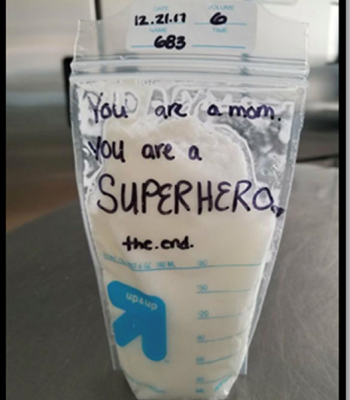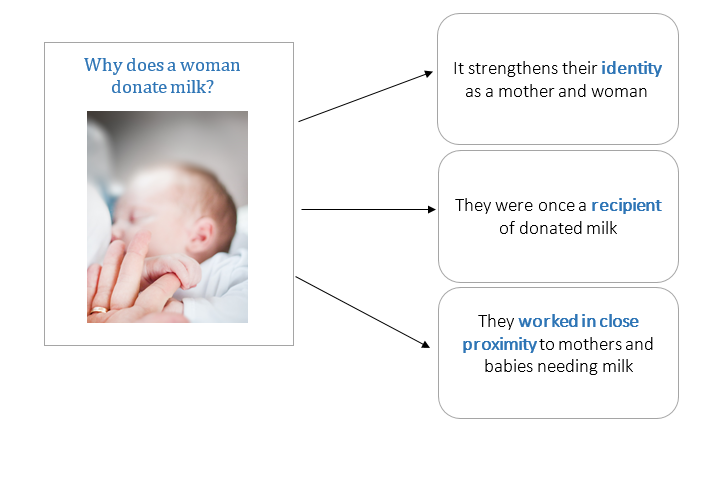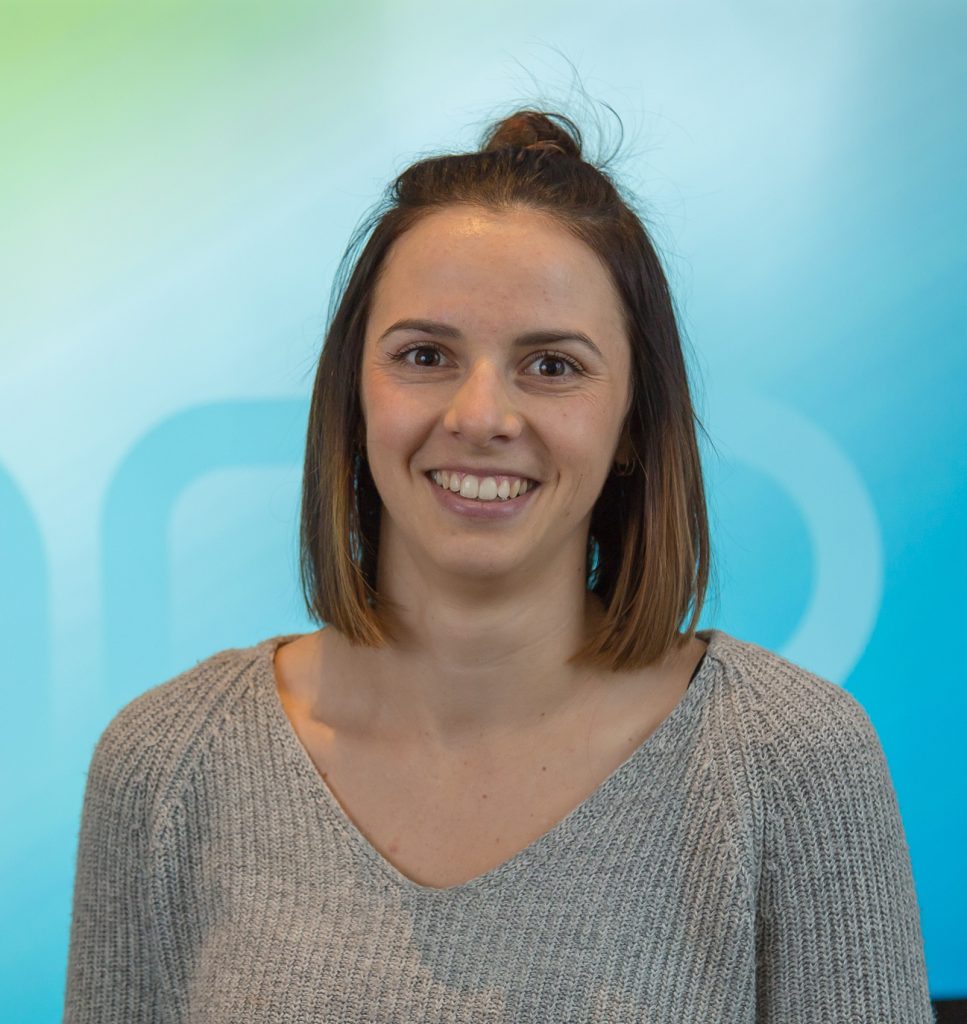It takes a village to feed a child: motivations of a milk donor
By Courtney Tyson
Most people have heard the African proverb “it takes a village to raise a child.” While figurative, this saying expresses a hard truth for parents who have an unwell or preterm baby in neonatal care. According to Queensland Health (2019), breast milk increases the survival rate of premature babies by a staggering 70%. Breast milk reduces health risks in premature babies as it is easier to digest than formula, it protects the stomach, and it improves a baby’s ability to tolerate feeds without complications (e.g., gastrointestinal problems). However, there are many instances where a mother is unable to breastfeed their preterm baby including low supply, baby with allergies, maternal illness, and it’s in these situations where donated breast milk from other mothers is key.
Human milk donation is considered to be a selfless and caring act , and is unique from other donor substances such as, blood, plasma, platelets, stem cells/bone marrow and even stool (yes, you heard correctly- poo). It is not only restricted to the time after a woman gives birth or the time a woman lactates for, but it requires extensive commitment and effort. Mothers who choose to donate their milk are required to collect the milk throughout the day and night for weeks or months at a time, adhere to strict sterilization and storage protocols, and maintain a healthy diet free from things like alcohol and specific medications. This effortful process relies heavily on the sheer will and motivation of these women to help babies and their mothers. But if the donation process is so challenging, what motivates a mother to donate her milk?

Image by Oreg and Appe (2020)
A recent study by Oreg and Appe (2020) found that women who chose to donate their milk did so for three reasons:
1) It extended their maternal and woman identities: Most mothers in the sample reported having excess milk and did not want this to go to waste. Being able to then donate their milk made them feel as though they were not only feeding and nurturing their own baby, but also nurturing the baby that received their donated milk. Donors also spoke of feeling more connected and part of a circle of mothers taking care of each other and their babies.
2) They were once a recipient of milk donations themselves: After leaving the special care unit, women expressed their gratitude to the donation process by committing to become donors themselves. The shift from recipient to donor allowed these women to reframe their challenging experience with feeding into a positive experience of reciprocity with other mothers.
3) They held a shared professional identity: Many women who were donors were employed in similar health-related roles (e.g., nurses, doctors, lactation consultants). In this role, they had personal contact with mothers and babies who required milk, and were able to see first-hand the benefit of human milk donations.

Considering the demand for milk donations, understanding what motivates a mother to donate her milk is important. If we can understand why a woman donates her time, energy and precious milk to others, then we can understand how to support, educate and facilitate other mothers to do the same. This work is vital to new parents and premature or unwell babies across Australia.
Want to know more about donating milk?
Donated breast milk is needed to help hundreds of thousands of premature babies globally each year. If you would like to become a donor, or are interested in learning how the donation process works, visit one of the links below for more information.
If you live in Australia, see the Australian Red Cross LifeBlood Milk website for more information.
If you live in Europe, see the European Milk Bank Association website for more information.
If you live in the UK, see the United Kingdom Association for Milk Banking website for more information.
If you live in North America, see Human Milk Banking Association of North America website for more information.
For resources on Human Milk Banking and links to milk banks in other countries, visit the dedicated PATH webpage for details.
Did you know...?
Every year, May 19th is designated as World Day of Human Milk Donation. This day was originally started in Brazil in 2004 to recognise the importance of donating human milk to non-profit milk banks. The 2021 theme was “Every Donation Tells a Story”.


About the author
Courtney is a Science Communication Officer for the Donor Research Network (DoRN) and a Research Assistant for the “Helping the Medical Matchmakers: Sustaining and Understanding Living Donors” program.
In addition to this, Courtney is currently completing the Master of Clinical Psychology program at the University of Queensland.